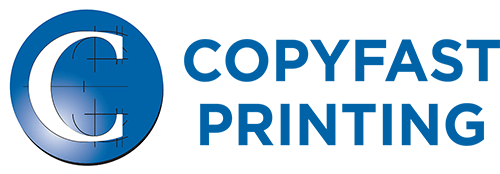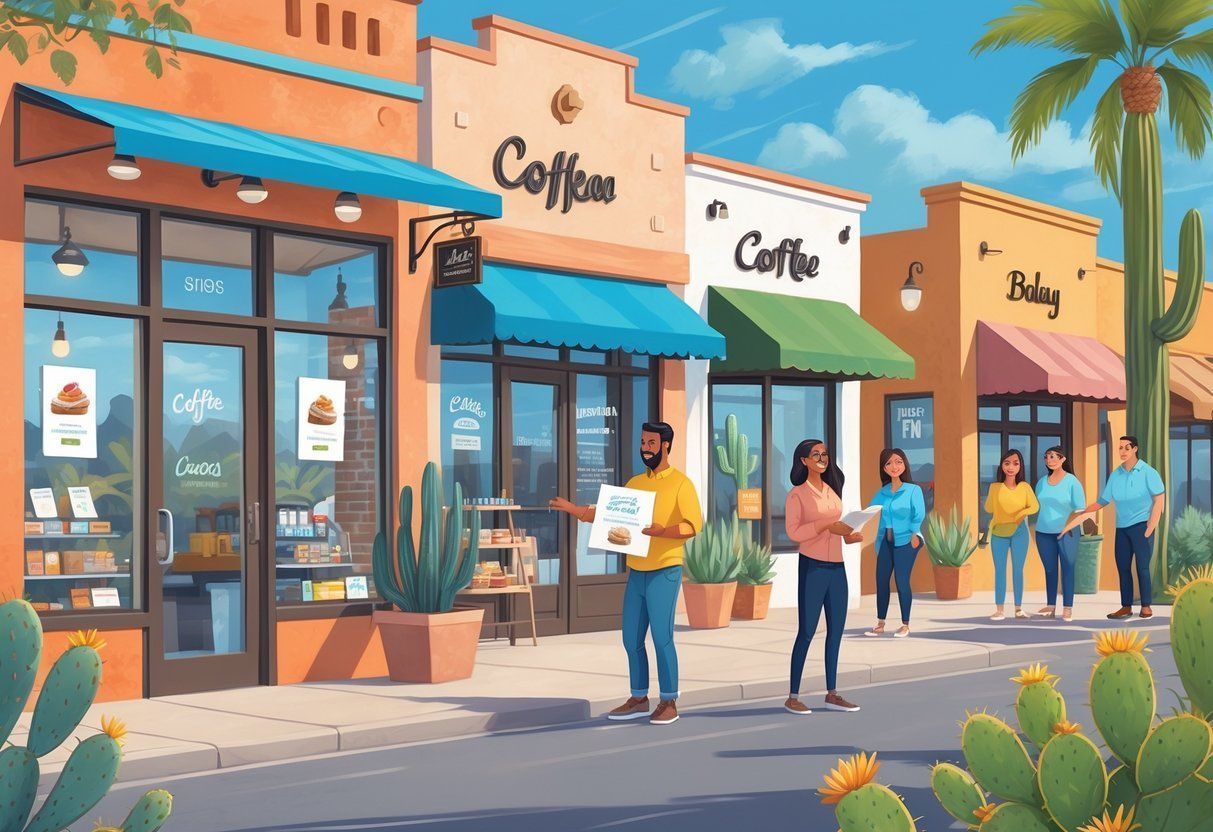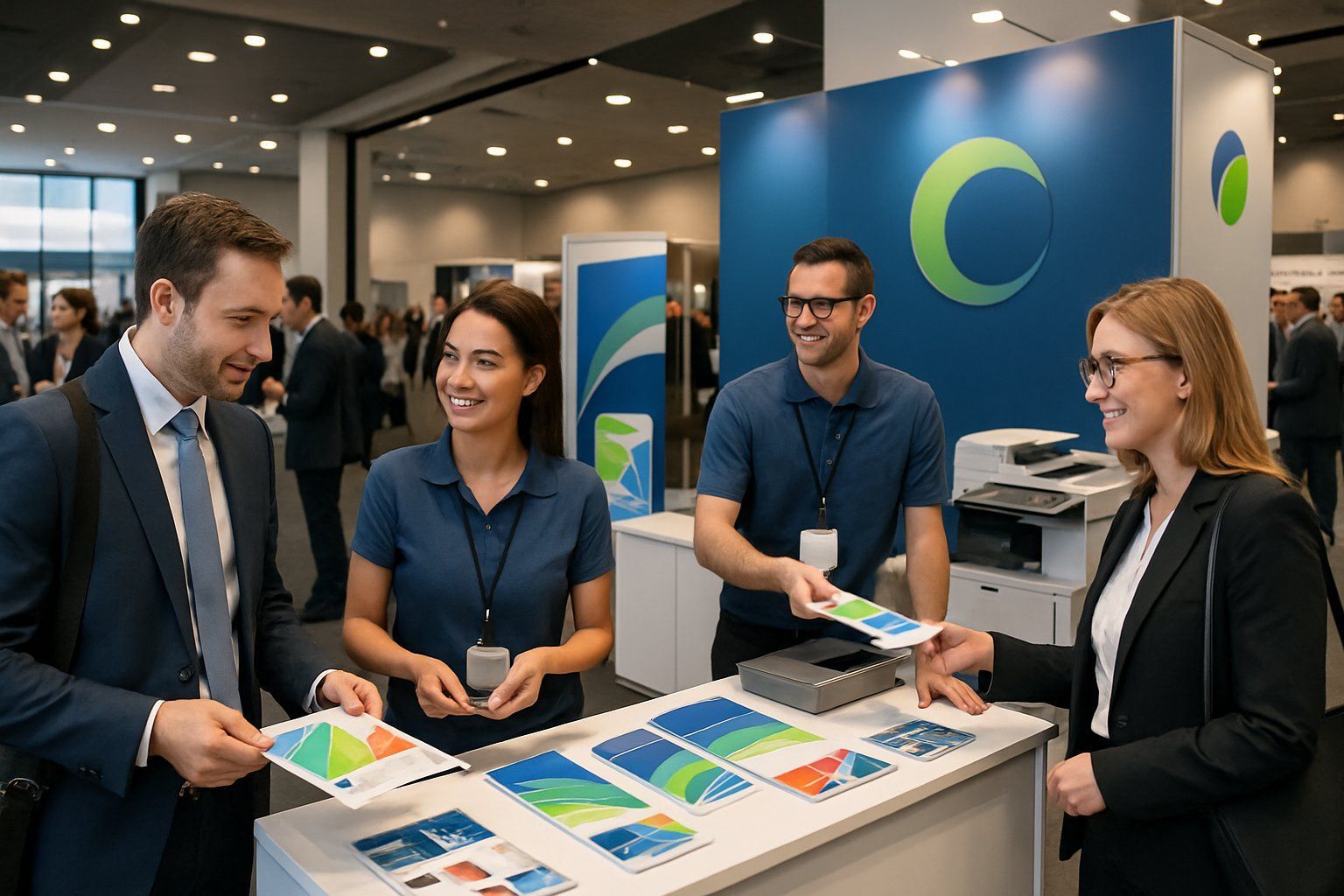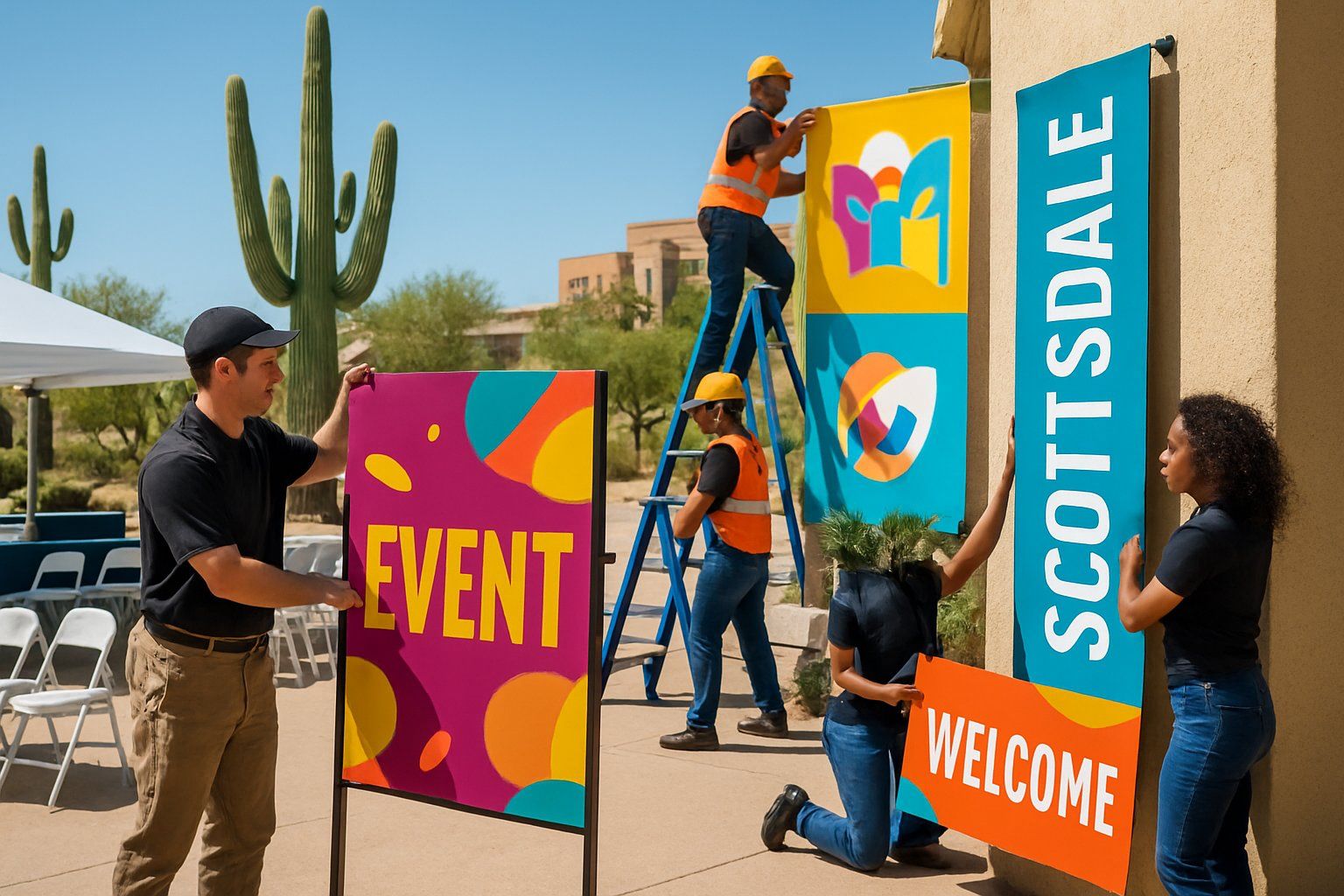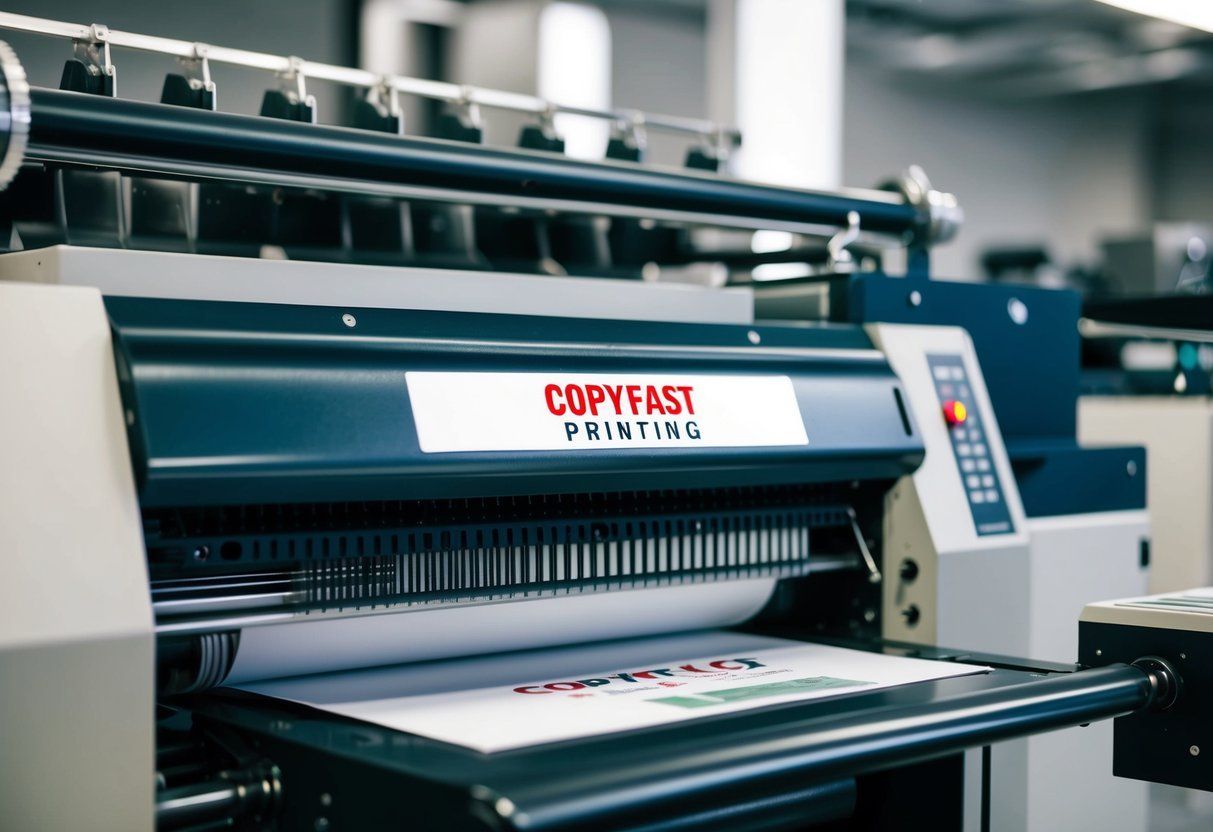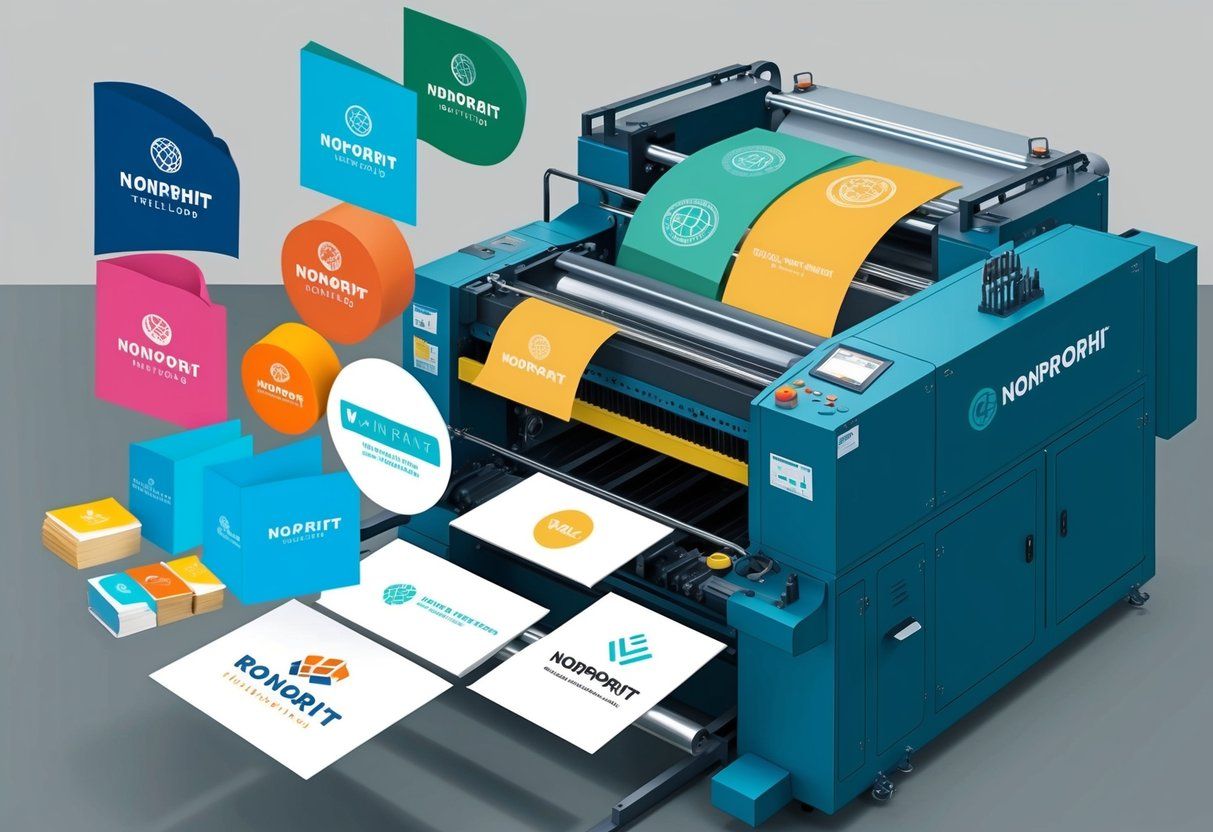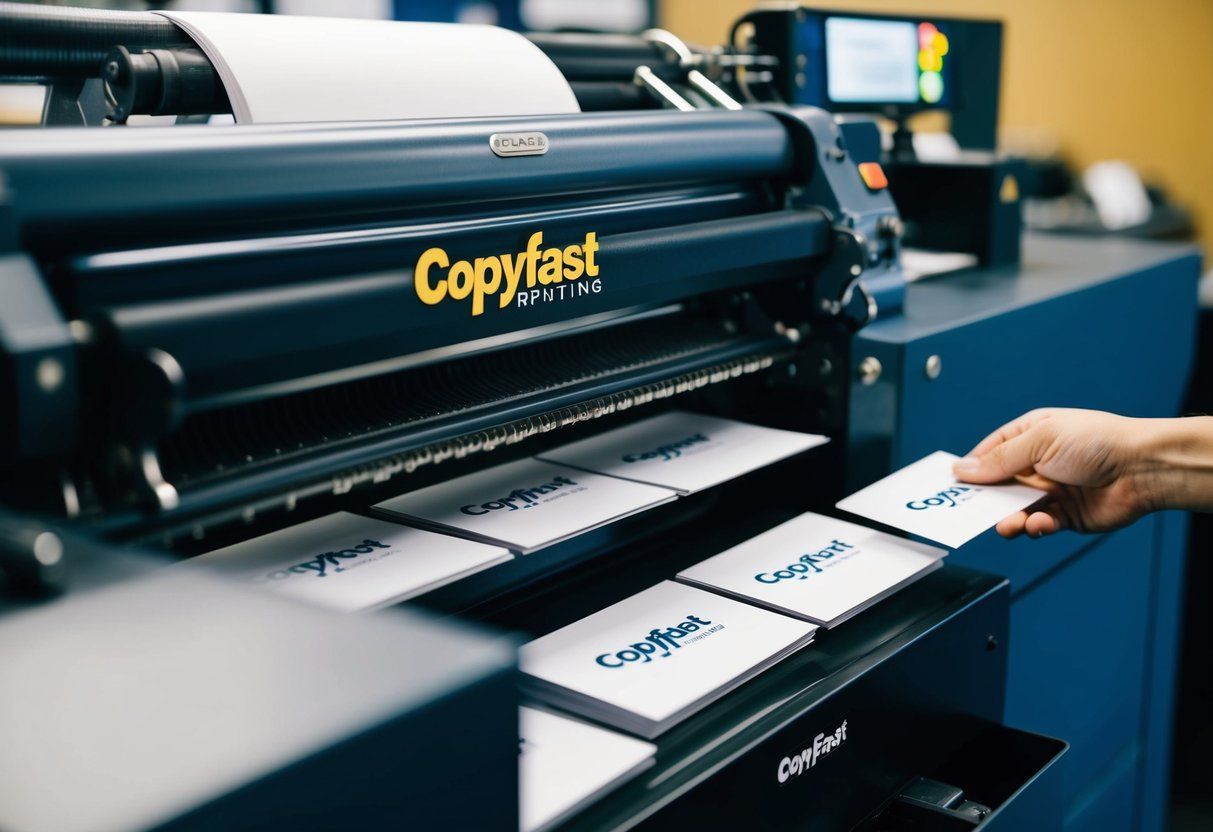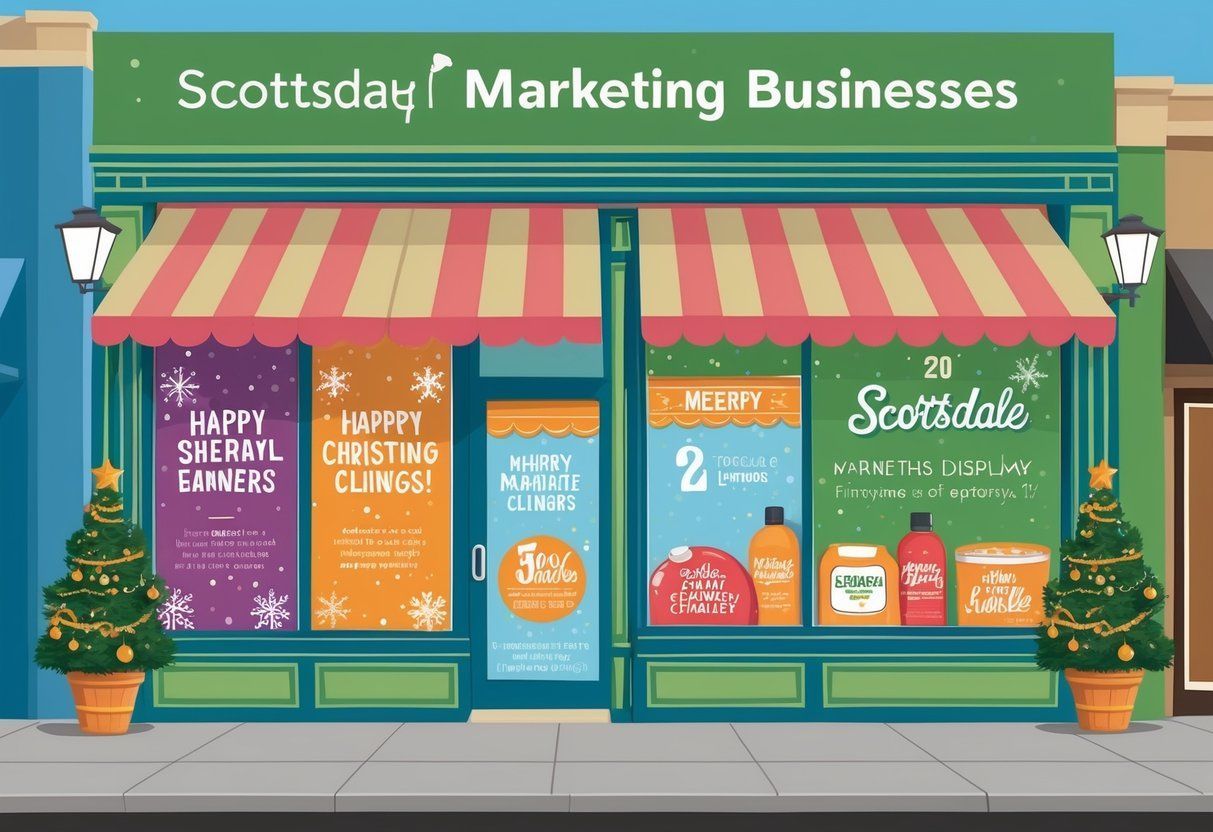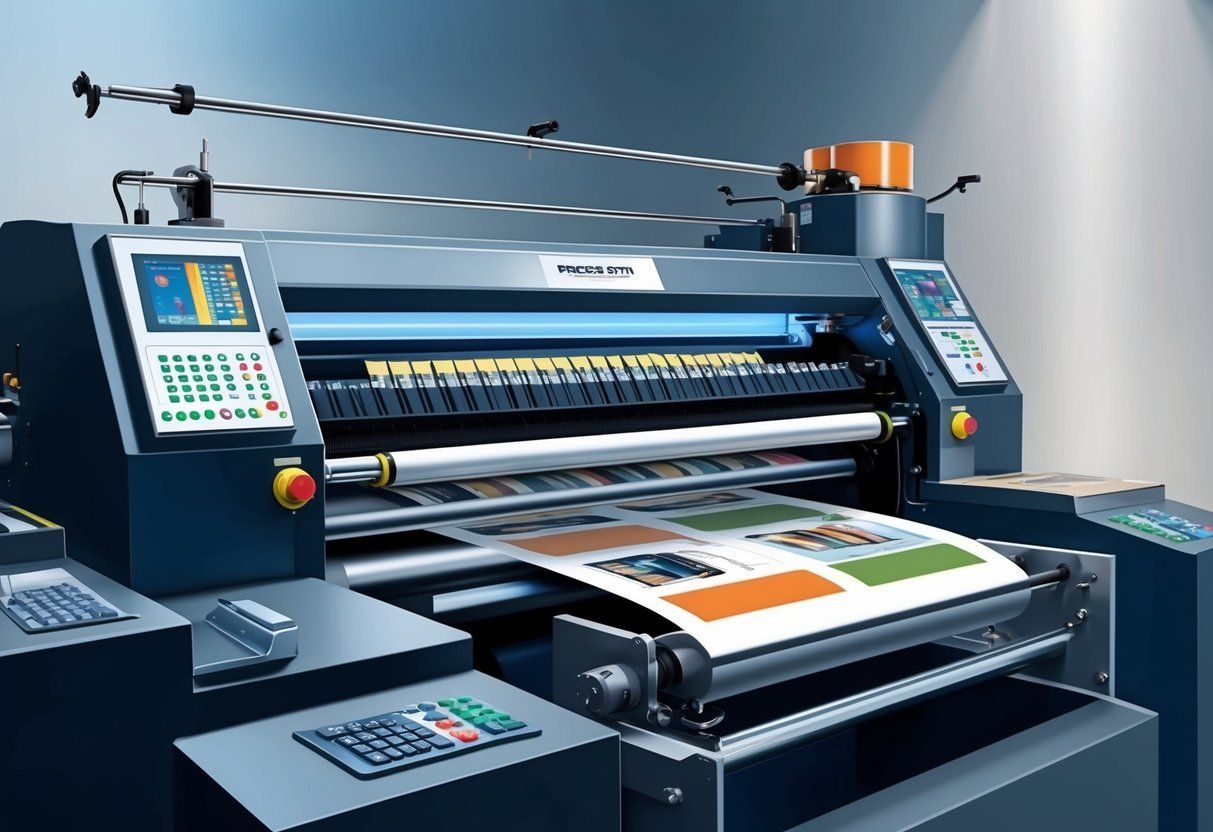Scottsdale Print Shop ) Mesa Print Shop ) Tempe Print Shop ) Phoenix Print Shop ) DC Ranch Print Shop ) Chandler Print Shop ) Peoria Print Shop ) Fountain Hills Print Shop ) Sun City Print Shop ) Glendale Print Shop ) Paradise Valley Print Shop ) Goodyear Print Shop ) Queen Creek Print Shop ) Avondale Print Shop ) Desert Ridge Print Shop ) Apache Junction Print Shop ) North Scottsdale Print Shop ) Pinnacle Peak Print Shop ) Grayawk Print Shop ) Kierland Print Shop ) Windsong Print Shop ) Mcdowell Mountain Ranch Print Shop ) Gainey Ranch Print Shop ) McCormick Ranch Print Shop ) Deer Valley Print Shop ) Arcadia Print Shop ) Troon Print Shop ) Silverleaf Print Shop ) Cave Creek Print Shop ) Old Town Print Shop ) South Scottsdale Print Shop ) Ancala Print Shop ) Central Phoenix Print Shop ) Carefree Print Shop ) Toleson Print Shop ) Ironwood Village Print Shop ) WIndgate Ranch Print Shop ) Northsight Print Shop ) Shea Print Shop ) Tatum Ranch Print Shop ) Casa Grande Print Shop ) Gilbert Print Shop ) Suprise Print Shop ) Buckeye Print Shop ) Scottsdale Banner Printing ) Mesa Banner Printing ) Tempe Banner Printing ) Phoenix Banner Printing ) DC Ranch Banner Printing ) Chandler Banner Printing ) Peoria Banner Printing ) Fountain Hills Banner Printing ) Sun City Banner Printing ) Glendale Banner Printing ) Paradise Valley Banner Printing ) Goodyear Banner Printing ) Queen Creek Banner Printing ) Avondale Banner Printing ) Desert Ridge Banner Printing ) Apache Junction Banner Printing ) North Scottsdale Banner Printing ) Pinnacle Peak Banner Printing ) Grayawk Banner Printing ) Kierland Banner Printing ) Windsong Banner Printing ) Mcdowell Mountain Ranch Banner Printing ) Gainey Ranch Banner Printing ) McCormick Ranch Banner Printing ) Deer Valley Banner Printing ) Arcadia Banner Printing ) Troon Banner Printing ) Silverleaf Banner Printing ) Cave Creek Banner Printing ) Old Town Banner Printing ) South Scottsdale Banner Printing ) Ancala Banner Printing ) Central Phoenix Banner Printing ) Carefree Banner Printing ) Toleson Banner Printing ) Ironwood Village Banner Printing ) WIndgate Ranch Banner Printing ) Northsight Banner Printing ) Shea Banner Printing ) Tatum Ranch Banner Printing ) Casa Grande Banner Printing ) Gilbert Banner Printing ) Suprise Banner Printing ) Buckeye Banner Printing ) Scottsdale Book Binding ) Mesa Book Binding ) Tempe Book Binding ) Phoenix Book Binding ) DC Ranch Book Binding ) Chandler Book Binding ) Peoria Book Binding ) Fountain Hills Book Binding ) Sun City Book Binding ) Glendale Book Binding ) Paradise Valley Book Binding ) Goodyear Book Binding ) Queen Creek Book Binding ) Avondale Book Binding ) Desert Ridge Book Binding ) Apache Junction Book Binding ) North Scottsdale Book Binding ) Pinnacle Peak Book Binding ) Grayawk Book Binding ) Kierland Book Binding ) Windsong Book Binding ) Mcdowell Mountain Ranch Book Binding ) Gainey Ranch Book Binding ) McCormick Ranch Book Binding ) Deer Valley Book Binding ) Arcadia Book Binding ) Troon Book Binding ) Silverleaf Book Binding ) Cave Creek Book Binding ) Old Town Book Binding ) South Scottsdale Book Binding ) Ancala Book Binding ) Central Phoenix Book Binding ) Carefree Book Binding ) Toleson Book Binding ) Ironwood Village Book Binding ) WIndgate Ranch Book Binding ) Northsight Book Binding ) Shea Book Binding ) Tatum Ranch Book Binding ) Casa Grande Book Binding ) Gilbert Book Binding ) Suprise Book Binding ) Buckeye Book Binding ) Scottsdale Booklet Printing ) Mesa Booklet Printing ) Tempe Booklet Printing ) Phoenix Booklet Printing ) DC Ranch Booklet Printing ) Chandler Booklet Printing ) Peoria Booklet Printing ) Fountain Hills Booklet Printing ) Sun City Booklet Printing ) Glendale Booklet Printing ) Paradise Valley Booklet Printing ) Goodyear Booklet Printing ) Queen Creek Booklet Printing ) Avondale Booklet Printing ) Desert Ridge Booklet Printing ) Apache Junction Booklet Printing ) North Scottsdale Booklet Printing ) Pinnacle Peak Booklet Printing ) Grayawk Booklet Printing ) Kierland Booklet Printing ) Windsong Booklet Printing ) Mcdowell Mountain Ranch Booklet Printing ) Gainey Ranch Booklet Printing ) McCormick Ranch Booklet Printing ) Deer Valley Booklet Printing ) Arcadia Booklet Printing ) Troon Booklet Printing ) Silverleaf Booklet Printing ) Cave Creek Booklet Printing ) Old Town Booklet Printing ) South Scottsdale Booklet Printing ) Ancala Booklet Printing ) Central Phoenix Booklet Printing ) Carefree Booklet Printing ) Toleson Booklet Printing ) Ironwood Village Booklet Printing ) WIndgate Ranch Booklet Printing ) Northsight Booklet Printing ) Shea Booklet Printing ) Tatum Ranch Booklet Printing ) Casa Grande Booklet Printing ) Gilbert Booklet Printing ) Suprise Booklet Printing ) Buckeye Booklet Printing ) Scottsdale Brochure Printing ) Mesa Brochure Printing ) Tempe Brochure Printing ) Phoenix Brochure Printing ) DC Ranch Brochure Printing ) Chandler Brochure Printing ) Peoria Brochure Printing ) Fountain Hills Brochure Printing ) Sun City Brochure Printing ) Glendale Brochure Printing ) Paradise Valley Brochure Printing ) Goodyear Brochure Printing ) Queen Creek Brochure Printing ) Avondale Brochure Printing ) Desert Ridge Brochure Printing ) Apache Junction Brochure Printing ) North Scottsdale Brochure Printing ) Pinnacle Peak Brochure Printing ) Grayawk Brochure Printing ) Kierland Brochure Printing ) Windsong Brochure Printing ) Mcdowell Mountain Ranch Brochure Printing ) Gainey Ranch Brochure Printing ) McCormick Ranch Brochure Printing ) Deer Valley Brochure Printing ) Arcadia Brochure Printing ) Troon Brochure Printing ) Silverleaf Brochure Printing ) Cave Creek Brochure Printing ) Old Town Brochure Printing ) South Scottsdale Brochure Printing ) Ancala Brochure Printing ) Central Phoenix Brochure Printing ) Carefree Brochure Printing ) Toleson Brochure Printing ) Ironwood Village Brochure Printing ) WIndgate Ranch Brochure Printing ) Northsight Brochure Printing ) Shea Brochure Printing ) Tatum Ranch Brochure Printing ) Casa Grande Brochure Printing ) Gilbert Brochure Printing ) Suprise Brochure Printing ) Buckeye Brochure Printing ) Scottsdale Business Card Printing ) Mesa Business Card Printing ) Tempe Business Card Printing ) Phoenix Business Card Printing ) DC Ranch Business Card Printing ) Chandler Business Card Printing ) Peoria Business Card Printing ) Fountain Hills Business Card Printing ) Sun City Business Card Printing ) Glendale Business Card Printing ) Paradise Valley Business Card Printing ) Goodyear Business Card Printing ) Queen Creek Business Card Printing ) Avondale Business Card Printing ) Desert Ridge Business Card Printing ) Apache Junction Business Card Printing ) North Scottsdale Business Card Printing ) Pinnacle Peak Business Card Printing ) Grayawk Business Card Printing ) Kierland Business Card Printing ) Windsong Business Card Printing ) Mcdowell Mountain Ranch Business Card Printing ) Gainey Ranch Business Card Printing ) McCormick Ranch Business Card Printing ) Deer Valley Business Card Printing ) Arcadia Business Card Printing ) Troon Business Card Printing ) Silverleaf Business Card Printing ) Cave Creek Business Card Printing ) Old Town Business Card Printing ) South Scottsdale Business Card Printing ) Ancala Business Card Printing ) Central Phoenix Business Card Printing ) Carefree Business Card Printing ) Toleson Business Card Printing ) Ironwood Village Business Card Printing ) WIndgate Ranch Business Card Printing ) Northsight Business Card Printing ) Shea Business Card Printing ) Tatum Ranch Business Card Printing ) Casa Grande Business Card Printing ) Gilbert Business Card Printing ) Suprise Business Card Printing ) Buckeye Business Card Printing ) Scottsdale Catalog Printing ) Mesa Catalog Printing ) Tempe Catalog Printing ) Phoenix Catalog Printing ) DC Ranch Catalog Printing ) Chandler Catalog Printing ) Peoria Catalog Printing ) Fountain Hills Catalog Printing ) Sun City Catalog Printing ) Glendale Catalog Printing ) Paradise Valley Catalog Printing ) Goodyear Catalog Printing ) Queen Creek Catalog Printing ) Avondale Catalog Printing ) Desert Ridge Catalog Printing ) Apache Junction Catalog Printing ) North Scottsdale Catalog Printing ) Pinnacle Peak Catalog Printing ) Grayawk Catalog Printing ) Kierland Catalog Printing ) Windsong Catalog Printing ) Mcdowell Mountain Ranch Catalog Printing ) Gainey Ranch Catalog Printing ) McCormick Ranch Catalog Printing ) Deer Valley Catalog Printing ) Arcadia Catalog Printing ) Troon Catalog Printing ) Silverleaf Catalog Printing ) Cave Creek Catalog Printing ) Old Town Catalog Printing ) South Scottsdale Catalog Printing ) Ancala Catalog Printing ) Central Phoenix Catalog Printing ) Carefree Catalog Printing ) Toleson Catalog Printing ) Ironwood Village Catalog Printing ) WIndgate Ranch Catalog Printing ) Northsight Catalog Printing ) Shea Catalog Printing ) Tatum Ranch Catalog Printing ) Casa Grande Catalog Printing ) Gilbert Catalog Printing ) Suprise Catalog Printing ) Buckeye Catalog Printing ) Scottsdale Commercial Printing ) Mesa Commercial Printing ) Tempe Commercial Printing ) Phoenix Commercial Printing ) DC Ranch Commercial Printing ) Chandler Commercial Printing ) Peoria Commercial Printing ) Fountain Hills Commercial Printing ) Sun City Commercial Printing ) Glendale Commercial Printing ) Paradise Valley Commercial Printing ) Goodyear Commercial Printing ) Queen Creek Commercial Printing ) Avondale Commercial Printing ) Desert Ridge Commercial Printing ) Apache Junction Commercial Printing ) North Scottsdale Commercial Printing ) Pinnacle Peak Commercial Printing ) Grayawk Commercial Printing ) Kierland Commercial Printing ) Windsong Commercial Printing ) Mcdowell Mountain Ranch Commercial Printing ) Gainey Ranch Commercial Printing ) McCormick Ranch Commercial Printing ) Deer Valley Commercial Printing ) Arcadia Commercial Printing ) Troon Commercial Printing ) Silverleaf Commercial Printing ) Cave Creek Commercial Printing ) Old Town Commercial Printing ) South Scottsdale Commercial Printing ) Ancala Commercial Printing ) Central Phoenix Commercial Printing ) Carefree Commercial Printing ) Toleson Commercial Printing ) Ironwood Village Commercial Printing ) WIndgate Ranch Commercial Printing ) Northsight Commercial Printing ) Shea Commercial Printing ) Tatum Ranch Commercial Printing ) Casa Grande Commercial Printing ) Gilbert Commercial Printing ) Suprise Commercial Printing ) Buckeye Commercial Printing ) Scottsdale Coroplast Signs ) Mesa Coroplast Signs ) Tempe Coroplast Signs ) Phoenix Coroplast Signs ) Scottsdale Digital Printing ) Mesa Digital Printing ) Tempe Digital Printing ) Phoenix Digital Printing ) DC Ranch Digital Printing ) Chandler Digital Printing ) Peoria Digital Printing ) Fountain Hills Digital Printing ) Sun City Digital Printing ) Glendale Digital Printing ) Paradise Valley Digital Printing ) Goodyear Digital Printing ) Queen Creek Digital Printing ) Avondale Digital Printing ) Desert Ridge Digital Printing ) Apache Junction Digital Printing ) North Scottsdale Digital Printing ) Pinnacle Peak Digital Printing ) Grayawk Digital Printing ) Kierland Digital Printing ) Windsong Digital Printing ) Mcdowell Mountain Ranch Digital Printing ) Gainey Ranch Digital Printing ) McCormick Ranch Digital Printing ) Deer Valley Digital Printing ) Arcadia Digital Printing ) Troon Digital Printing ) Silverleaf Digital Printing ) Cave Creek Digital Printing ) Old Town Digital Printing ) South Scottsdale Digital Printing ) Ancala Digital Printing ) Central Phoenix Digital Printing ) Carefree Digital Printing ) Toleson Digital Printing ) Ironwood Village Digital Printing ) WIndgate Ranch Digital Printing ) Northsight Digital Printing ) Shea Digital Printing ) Tatum Ranch Digital Printing ) Casa Grande Digital Printing ) Gilbert Digital Printing ) Suprise Digital Printing ) Buckeye Digital Printing ) Scottsdale Direct Mailing Services ) Mesa Direct Mailing Services ) Tempe Direct Mailing Services ) Phoenix Direct Mailing Services ) DC Ranch Direct Mailing Services ) Chandler Direct Mailing Services ) Peoria Direct Mailing Services ) Fountain Hills Direct Mailing Services ) Sun City Direct Mailing Services ) Glendale Direct Mailing Services ) Paradise Valley Direct Mailing Services ) Goodyear Direct Mailing Services ) Queen Creek Direct Mailing Services ) Avondale Direct Mailing Services ) Desert Ridge Direct Mailing Services ) Apache Junction Direct Mailing Services ) North Scottsdale Direct Mailing Services ) Pinnacle Peak Direct Mailing Services ) Grayawk Direct Mailing Services ) Kierland Direct Mailing Services ) Windsong Direct Mailing Services ) Mcdowell Mountain Ranch Direct Mailing Services ) Gainey Ranch Direct Mailing Services ) McCormick Ranch Direct Mailing Services ) Deer Valley Direct Mailing Services ) Arcadia Direct Mailing Services ) Troon Direct Mailing Services ) Silverleaf Direct Mailing Services ) Cave Creek Direct Mailing Services ) Old Town Direct Mailing Services ) South Scottsdale Direct Mailing Services ) Ancala Direct Mailing Services ) Central Phoenix Direct Mailing Services ) Carefree Direct Mailing Services ) Toleson Direct Mailing Services ) Ironwood Village Direct Mailing Services ) WIndgate Ranch Direct Mailing Services ) Northsight Direct Mailing Services ) Shea Direct Mailing Services ) Tatum Ranch Direct Mailing Services ) Casa Grande Direct Mailing Services ) Gilbert Direct Mailing Services ) Suprise Direct Mailing Services ) Buckeye Direct Mailing Services ) Scottsdale Flyer Printing ) Mesa Flyer Printing ) Tempe Flyer Printing ) Phoenix Flyer Printing ) DC Ranch Flyer Printing ) Chandler Flyer Printing ) Peoria Flyer Printing ) Fountain Hills Flyer Printing ) Sun City Flyer Printing ) Glendale Flyer Printing ) Paradise Valley Flyer Printing ) Goodyear Flyer Printing ) Queen Creek Flyer Printing ) Avondale Flyer Printing ) Desert Ridge Flyer Printing ) Apache Junction Flyer Printing ) North Scottsdale Flyer Printing ) Pinnacle Peak Flyer Printing ) Grayawk Flyer Printing ) Kierland Flyer Printing ) Windsong Flyer Printing ) Mcdowell Mountain Ranch Flyer Printing ) Gainey Ranch Flyer Printing ) McCormick Ranch Flyer Printing ) Deer Valley Flyer Printing ) Arcadia Flyer Printing ) Troon Flyer Printing ) Silverleaf Flyer Printing ) Cave Creek Flyer Printing ) Old Town Flyer Printing ) South Scottsdale Flyer Printing ) Ancala Flyer Printing ) Central Phoenix Flyer Printing ) Carefree Flyer Printing ) Toleson Flyer Printing ) Ironwood Village Flyer Printing ) WIndgate Ranch Flyer Printing ) Northsight Flyer Printing ) Shea Flyer Printing ) Tatum Ranch Flyer Printing ) Casa Grande Flyer Printing ) Gilbert Flyer Printing ) Suprise Flyer Printing ) Buckeye Flyer Printing ) Scottsdale Graphic Design ) Mesa Graphic Design ) Tempe Graphic Design ) Phoenix Graphic Design ) DC Ranch Graphic Design ) Chandler Graphic Design ) Peoria Graphic Design ) Fountain Hills Graphic Design ) Sun City Graphic Design ) Glendale Graphic Design ) Paradise Valley Graphic Design ) Goodyear Graphic Design ) Queen Creek Graphic Design ) Avondale Graphic Design ) Desert Ridge Graphic Design ) Apache Junction Graphic Design ) North Scottsdale Graphic Design ) Pinnacle Peak Graphic Design ) Grayawk Graphic Design ) Kierland Graphic Design ) Windsong Graphic Design ) Mcdowell Mountain Ranch Graphic Design ) Gainey Ranch Graphic Design ) McCormick Ranch Graphic Design ) Deer Valley Graphic Design ) Arcadia Graphic Design ) Troon Graphic Design ) Silverleaf Graphic Design ) Cave Creek Graphic Design ) Old Town Graphic Design ) South Scottsdale Graphic Design ) Ancala Graphic Design ) Central Phoenix Graphic Design ) Carefree Graphic Design ) Toleson Graphic Design ) Ironwood Village Graphic Design ) WIndgate Ranch Graphic Design ) Northsight Graphic Design ) Shea Graphic Design ) Tatum Ranch Graphic Design ) Casa Grande Graphic Design ) Gilbert Graphic Design ) Suprise Graphic Design ) Buckeye Graphic Design ) Scottsdale Large Format Printing ) Mesa Large Format Printing ) Tempe Large Format Printing ) Phoenix Large Format Printing ) DC Ranch Large Format Printing ) Chandler Large Format Printing ) Peoria Large Format Printing ) Fountain Hills Large Format Printing ) Sun City Large Format Printing ) Glendale Large Format Printing ) Paradise Valley Large Format Printing ) Goodyear Large Format Printing ) Peoria Postcard Printing ) Fountain Hills Postcard Printing ) Sun City Postcard Printing ) Glendale Postcard Printing ) Paradise Valley Postcard Printing ) Goodyear Postcard Printing ) Queen Creek Postcard Printing ) Avondale Postcard Printing ) Desert Ridge Postcard Printing ) Apache Junction Postcard Printing ) North Scottsdale Postcard Printing ) Pinnacle Peak Postcard Printing ) Grayawk Postcard Printing ) Kierland Postcard Printing ) Windsong Postcard Printing ) Mcdowell Mountain Ranch Postcard Printing ) Gainey Ranch Postcard Printing ) McCormick Ranch Postcard Printing ) Deer Valley Postcard Printing ) Arcadia Postcard Printing ) Troon Postcard Printing ) Silverleaf Postcard Printing ) Cave Creek Postcard Printing ) Old Town Postcard Printing ) South Scottsdale Postcard Printing ) Ancala Postcard Printing ) Central Phoenix Postcard Printing ) Carefree Postcard Printing ) Toleson Postcard Printing ) Ironwood Village Postcard Printing ) WIndgate Ranch Postcard Printing ) Northsight Postcard Printing ) Shea Postcard Printing ) Tatum Ranch Postcard Printing ) Casa Grande Postcard Printing ) Gilbert Postcard Printing ) Suprise Postcard Printing ) Buckeye Postcard Printing ) Scottsdale Poster Printing ) Mesa Poster Printing ) Tempe Poster Printing ) Phoenix Poster Printing ) DC Ranch Poster Printing ) Chandler Poster Printing ) Peoria Poster Printing ) Fountain Hills Poster Printing ) Sun City Poster Printing ) Glendale Poster Printing ) Paradise Valley Poster Printing ) Goodyear Poster Printing ) Queen Creek Poster Printing ) Avondale Poster Printing ) Desert Ridge Poster Printing ) Apache Junction Poster Printing ) North Scottsdale Poster Printing ) Pinnacle Peak Poster Printing ) Grayawk Poster Printing ) Kierland Poster Printing ) Windsong Poster Printing ) Mcdowell Mountain Ranch Poster Printing ) Gainey Ranch Poster Printing ) McCormick Ranch Poster Printing ) Deer Valley Poster Printing ) Arcadia Poster Printing ) Troon Poster Printing ) Silverleaf Poster Printing ) Cave Creek Poster Printing ) Old Town Poster Printing ) South Scottsdale Poster Printing ) Ancala Poster Printing ) Central Phoenix Poster Printing ) Carefree Poster Printing ) Toleson Poster Printing ) Ironwood Village Poster Printing ) WIndgate Ranch Poster Printing ) Northsight Poster Printing ) Shea Poster Printing ) Tatum Ranch Poster Printing ) Casa Grande Poster Printing ) Gilbert Poster Printing ) Suprise Poster Printing ) Buckeye Poster Printing ) Scottsdale Promotional Items Printing )
Large Format Banner & Poster Printing: Applications in Scottsdale
Large format printing has become an essential marketing tool for businesses of all sizes. It offers a cost-effective way to create large banners and posters that can be used for a wide range of applications, from advertising and branding to decorative and functional interior graphics. With advances in technology, large format printing has become more accessible and affordable than ever before, making it a popular choice for businesses looking to enhance their marketing efforts.

Understanding Large Format Printing is critical to getting the most out of this marketing tool. Large format printing is a printing method that allows for the creation of extra-large prints, typically measuring over 24 inches in width. This printing method uses specialized printers that can handle larger rolls of paper or other materials, such as vinyl or fabric. Large format printing is ideal for creating banners, posters, and other marketing materials that need to be seen from a distance.
Key Takeaways
- Large format printing is a cost-effective way to create large banners and posters for a wide range of applications.
- Understanding Large Format Printing is critical to getting the most out of this marketing tool.
- Large format printing is ideal for creating banners, posters, and other marketing materials that need to be seen from a distance.
Understanding Large Format Printing
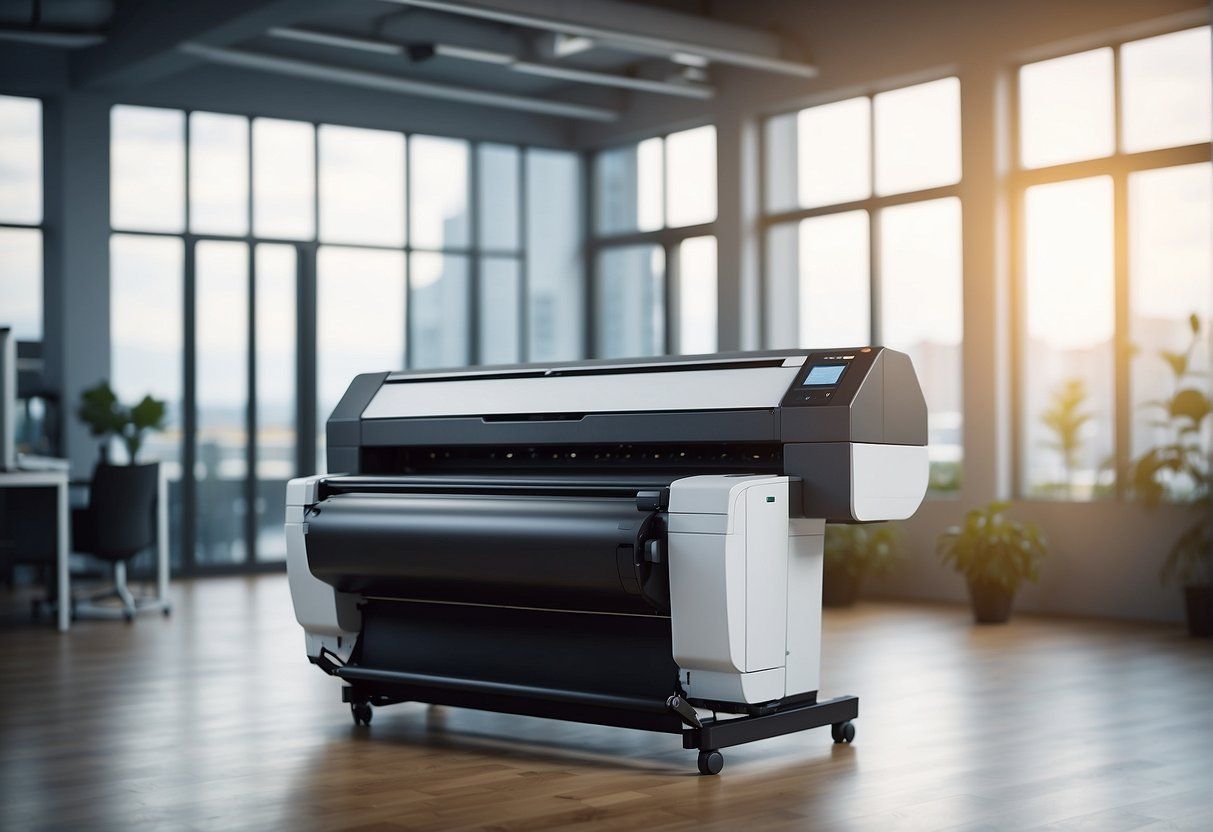
Large format printing is a printing process that is used to create large-scale prints that are typically used for advertising, marketing, and promotional purposes. Large format printing is used to create a wide variety of printed materials, including banners, posters, billboards, trade show graphics , and more. In this section, we will explore the various aspects of large format printing to help you better understand this process.
Defining Large Format
Large format printing refers to the printing of materials that are larger than the standard printing sizes. Typically, large format printing is defined as printing materials that are larger than 18 inches in width. Large format printing is used to create a wide variety of printed materials, including banners, posters, billboards, trade show graphics, and more.
Digital Printing Technologies
Digital printing technologies have revolutionized the large format printing industry. Digital printing technologies use digital files to create prints, which allows for greater flexibility and accuracy in the printing process. Digital printing technologies are used to create large format prints that are of high quality and resolution.
Resolution and Image Quality
Resolution is an important factor in large format printing. The resolution of a print is measured in dots per inch (dpi), which refers to the number of dots that can be printed in a square inch of material. The higher the dpi, the higher the resolution of the print. Higher resolution prints will have sharper images and crisper text.
Vector graphics are often used in large format printing because they can be scaled to any size without losing resolution. Vector graphics are created using mathematical equations, which means that they can be scaled up or down without losing quality. This makes vector graphics ideal for large format printing, as they can be printed at any size without losing quality.
In conclusion, understanding the various aspects of large format printing is essential to creating high-quality, effective prints. By understanding the definition of large format printing, the various digital printing technologies available, and the importance of resolution and image quality, you can create prints that are effective and impactful.
Design Considerations for Large Formats
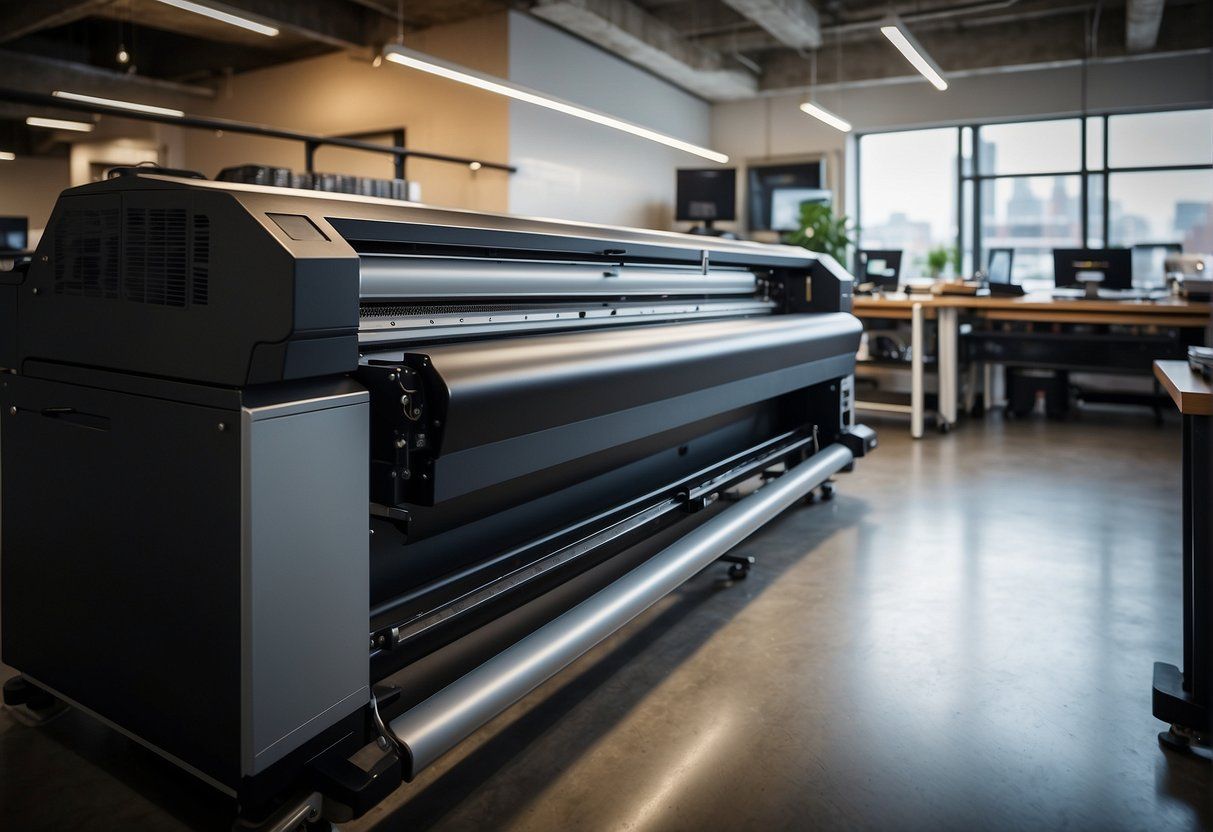
When it comes to designing for large format banner and poster printing , there are several key considerations to keep in mind. From color space and accuracy to choosing the right fonts and graphics, each decision can impact the final product’s quality and effectiveness.
Color Space and Accuracy
One of the most important considerations when designing for large format printing is color space and accuracy. RGB and CMYK are the two most common color modes used in digital design. RGB is used for digital displays, while CMYK is used for print. It is important to understand the differences between the two and how they can impact the final product.
Designers should also pay attention to color accuracy, ensuring that the colors in the design match the colors in the final printed product. This can be achieved through color calibration and proofing, which involves printing a small sample of the design to ensure that the colors are accurate.
Choosing the Right Fonts and Graphics
Fonts and graphics are also important considerations when designing for large format printing. Choosing the right fonts can help ensure that the text is legible, even at a distance. Sans-serif fonts are often a good choice for large format designs, as they are easy to read and have a modern, clean look.
Vector graphics are also a good choice for large format printing, as they can be scaled up or down without losing quality. Adobe Illustrator is a popular tool for creating vector graphics.
Designing for Different Materials
Finally, designers should consider the materials on which their designs will be printed. Different materials may require different design considerations. For example, designs printed on vinyl may need to be more durable and weather-resistant than designs printed on paper.
By keeping these design considerations in mind, designers can create effective and high-quality large format designs that are sure to make an impact.
Applications in Advertising and Branding
Large format banner and poster printing is a popular method for promoting businesses, products, and services. This printing method is widely used in various industries due to its versatility and effectiveness. In this section, we will explore some of the most common applications of large format banner and poster printing in advertising and branding.
Outdoor Advertising
Outdoor advertising is one of the most common applications of large format banner and poster printing. Signs and displays are used to grab the attention of potential customers and convey messages that promote businesses, products, and services. Large format printing allows businesses to create eye-catching signs and displays that can be seen from a distance. This is especially important for businesses that are located in high-traffic areas or along busy roads.
Trade Show Displays
Trade shows are an excellent opportunity for businesses to showcase their products and services to potential customers. Large format banner and poster printing is an effective way to create eye-catching trade show displays that can attract visitors to a business’s booth. These displays can be used to promote products, services, and brand recognition. Large format printing allows businesses to create displays that are larger than life, making them more likely to stand out in a crowded trade show environment.
Retail and Point of Purchase
Large format banner and poster printing is also commonly used in retail environments and at the point of purchase. Signs and displays can be used to promote products and services, announce sales and promotions, and create brand recognition. Large format printing allows businesses to create high-quality signs and displays that are durable and long-lasting. This is especially important in retail environments where signs and displays are exposed to high levels of foot traffic and wear and tear.
In conclusion, large format banner and poster printing is a versatile and effective method for promoting businesses, products, and services. Whether used for outdoor advertising, trade show displays, or retail environments, large format printing allows businesses to create eye-catching signs and displays that can attract customers and promote brand recognition.
Specialized Use Cases
Large format banner and poster printing can be used for a variety of purposes. In this section, we will explore some specialized use cases that are particularly relevant for this type of printing.
Real Estate Marketing
One of the most popular uses of large format banner and poster printing is for real estate marketing. Real estate agents and brokers use banners and posters to advertise their properties and attract potential buyers. These banners and posters can be printed on a variety of materials, including vinyl and fabric, and can be designed to include high-quality images and text.
Large format banners and posters are also used to promote open houses and other real estate events. Banner stands are often used to display these banners and posters, making them easy to transport and set up.
Event Signage
Large format banner and poster printing is also commonly used for event signage. Whether it’s a trade show, conference, or music festival, banners and posters are an effective way to promote events and provide important information to attendees.
These banners and posters can be printed on a variety of materials, including vinyl and fabric, and can be designed to include high-quality images and text. Banner stands are often used to display these banners and posters, making them easy to transport and set up.
Vehicle Graphics and Wraps
Large format banner and poster printing can also be used for vehicle graphics and wraps. Vehicle graphics and wraps are an effective way to promote a brand or business while on the go. These graphics and wraps can be printed on vinyl and applied to a variety of vehicles, including cars, trucks, and buses.
Vehicle graphics and wraps can be designed to include high-quality images and text, making them an eye-catching way to advertise. They can also be easily removed or updated, making them a flexible advertising solution.
In conclusion, large format banner and poster printing has a wide range of specialized use cases, including real estate marketing, event signage, and vehicle graphics and wraps. By using high-quality materials and design, businesses and organizations can effectively promote their brand and attract customers.
Decorative and Functional Interior Graphics
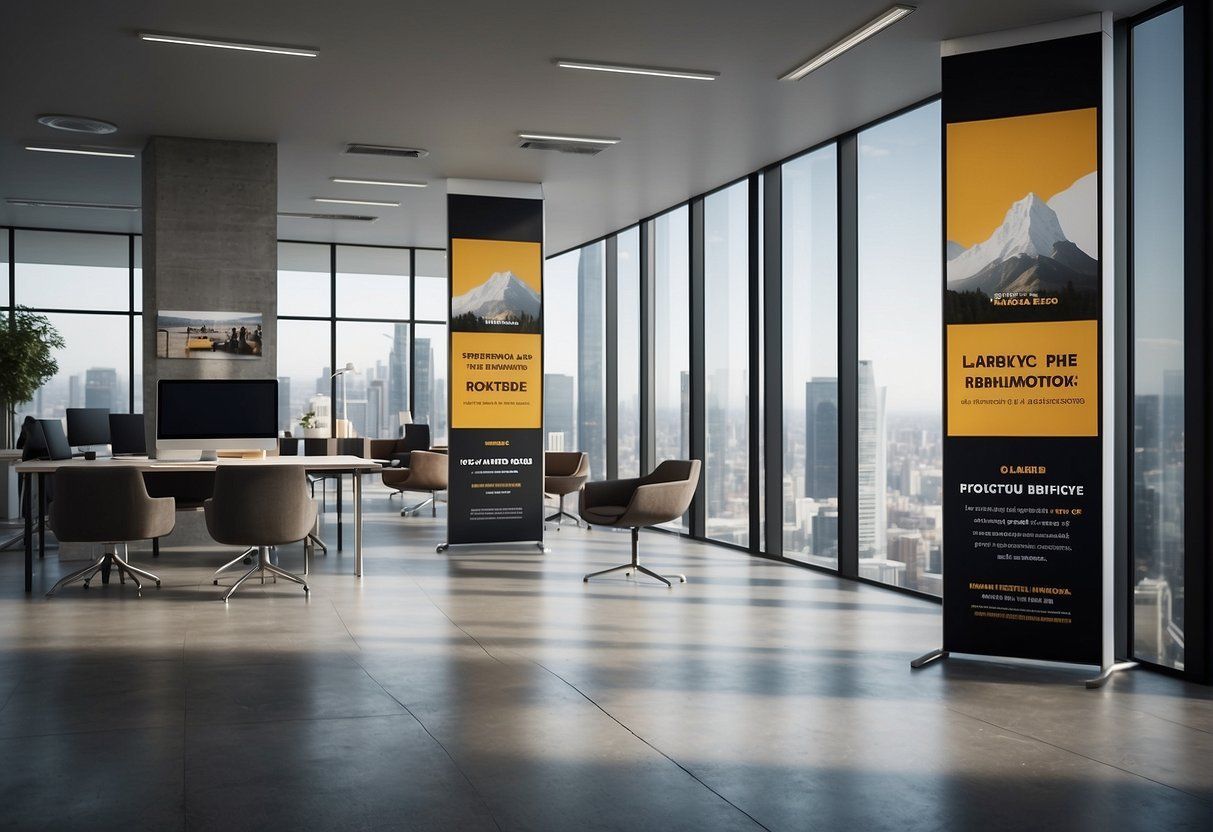
Large format printing is an excellent way to add a touch of creativity to any interior space. The use of decorative and functional interior graphics can transform a dull and boring office space into an exciting and inviting environment. Here are some of the most common use cases for decorative and functional interior graphics:
Office Branding and Decor
Large format printing can be used to create custom graphics, including logos, slogans, and other branding elements. These graphics can be printed on walls, floors, windows, and other surfaces to create a cohesive and professional look throughout the office. This is an excellent way to showcase a company’s values and mission statement and create a welcoming environment for employees and visitors alike.
Wall Murals and Floor Graphics
Wall murals and floor graphics are a great way to add a touch of creativity to any interior space. These graphics can be used to create a specific theme or atmosphere in a room, such as a calming nature scene or an exciting sports theme. Floor graphics can be used to direct foot traffic or highlight specific areas of the office, such as the reception area or conference rooms.
Window and Glass Applications
Window and glass applications are another great way to add a touch of creativity to any interior space. These graphics can be used to create privacy, provide branding opportunities, or add decorative elements to the office. Window graphics can be printed on transparent vinyl or perforated vinyl, which allows natural light to enter the space while still providing privacy.
In conclusion, decorative and functional interior graphics are an excellent way to add a touch of creativity to any interior space. Large format printing can be used to create custom graphics for office branding and decor, wall murals , floor graphics, and window and glass applications. By using these graphics, businesses can create a cohesive and professional look throughout the office while also showcasing their values and mission statement.
Technical Aspects of Large Format Printing

Large format printing is a popular choice for creating banners and posters that are eye-catching and attention-grabbing. However, there are several technical aspects that need to be considered when it comes to large format printing.
Material and Substrate Choices
The choice of material and substrate can greatly impact the quality and durability of the final product. Common materials used for large format printing include canvas and vinyl banners. Canvas is a popular choice for indoor use, while vinyl banners are more commonly used for outdoor applications.
In addition to material, substrate choices also play a role in the final product. Laminating can be used to protect the print from fading and damage due to UV rays, while mounting can provide additional support and stability.
Finishing Options and Durability
Finishing options are also important when it comes to large format printing. Finishing options such as grommets, hemming, and pole pockets can be used to make the banner or poster easier to hang or display.
Durability is also a key consideration when it comes to large format printing. The print should be able to withstand exposure to the elements, including wind, rain, and sunlight.
Installation and Maintenance
Proper installation and maintenance are crucial for ensuring the longevity of the final product. Installation should be done carefully, ensuring that the banner or poster is properly secured and supported.
Maintenance should also be done regularly to ensure that the print remains in good condition. This can include cleaning the surface of the print and checking for any signs of damage or wear and tear.
Overall, understanding the technical aspects of large format printing is crucial for creating high-quality and durable banners and posters. By choosing the right materials, finishing options, and installation methods, businesses and individuals can create prints that are not only eye-catching but also long-lasting.
Cost-Effectiveness and Budgeting
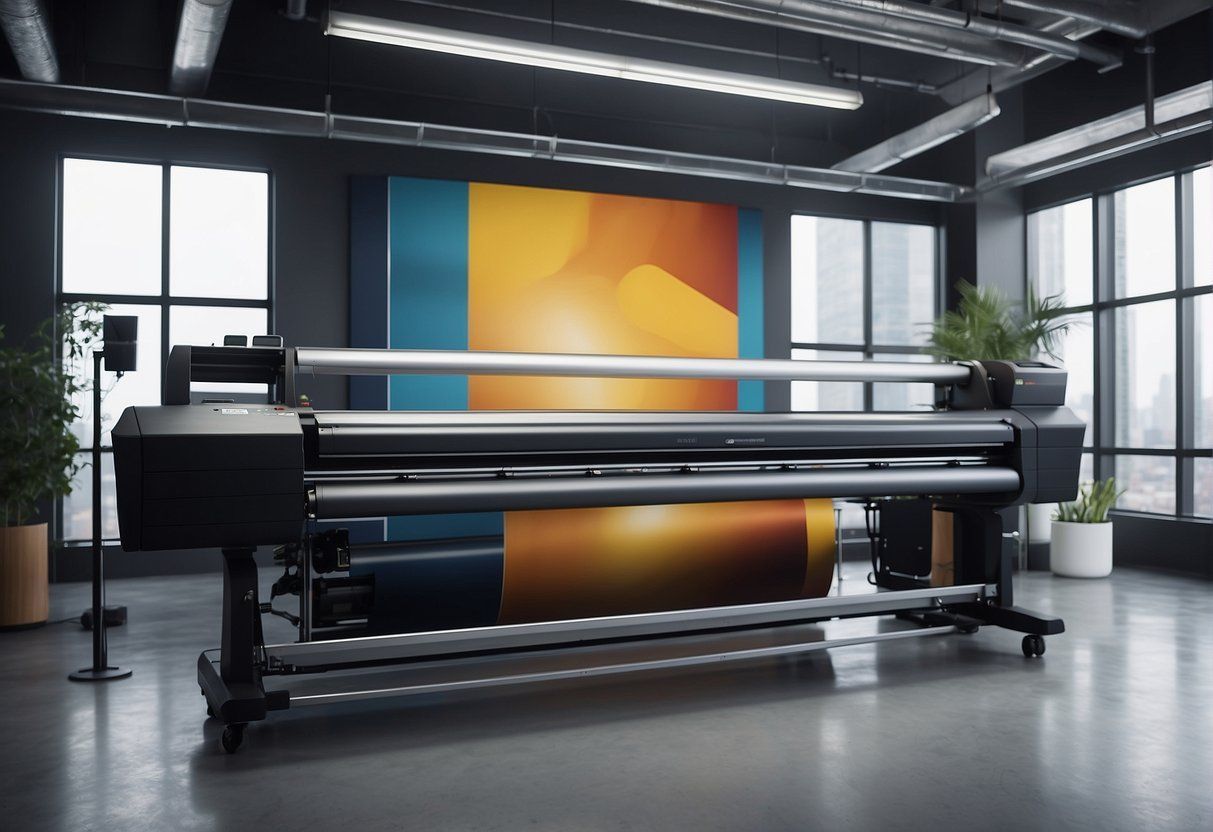
Large format banner and poster printing can be a cost-effective way to advertise products and services. However, it is important to carefully evaluate printing services to ensure that they provide high-quality prints at a reasonable price. This section will cover some tips for evaluating printing services and managing costs without sacrificing quality.
Evaluating Printing Services
When evaluating printing services, it is important to consider factors such as quality, turnaround time, and price. Full-color printing can be more expensive than black and white printing, but it can also be more effective in capturing the attention of potential customers. Therefore, it is important to find a printing service that can provide high-quality full-color prints at a reasonable price.
Another important factor to consider when evaluating printing services is the turnaround time. Some printing services may offer faster turnaround times than others, but this may come at a higher cost. It is important to find a printing service that can provide prints within a reasonable timeframe without sacrificing quality.
Managing Costs Without Sacrificing Quality
Managing costs without sacrificing quality is an important consideration when planning large format banner and poster printing. One way to manage costs is to order prints in bulk, which can often result in a lower cost per print. It is also important to carefully consider the size and design of the print to ensure that it is effective in capturing the attention of potential customers without being too expensive.
Another way to manage costs is to work with a printing service that offers cost-effective options such as digital printing. Digital printing can be a cost-effective alternative to traditional printing methods, especially for smaller print runs. It is also important to work with a printing service that is transparent about their pricing and can provide a detailed breakdown of costs.
In conclusion, large format banner and poster printing can be a cost-effective way to advertise products and services. By carefully evaluating printing services and managing costs without sacrificing quality, businesses can create effective prints that capture the attention of potential customers without breaking the bank.
Preparing Artwork for Print
Large format banner and poster printing require high-quality artwork to ensure the best print results. Preparing artwork for print is a crucial step in the printing process that can affect the final product’s quality.
File Formats and Preparation
When preparing artwork for print, it is essential to use the right file format. The most common file formats for large format printing are PDF, EPS, and TIFF. These file formats ensure that the artwork is high resolution and scalable. Additionally, it is essential to ensure that the artwork is in CMYK color mode, which is the standard for printing.
Preparing the artwork for print also involves ensuring that the file is set up correctly. This includes setting up the document size, resolution, and bleed.
Understanding Bleed and Margins
Bleed is the area outside the document’s trim edge, which ensures that the artwork extends to the edge of the printed document. It is essential to include bleed in the artwork to avoid any white space or unprinted areas around the edge of the document.
Margins, on the other hand, are the safe area inside the document’s trim edge where important elements, such as text, should be placed. It is essential to keep all important elements within the margin to avoid any trimming or cropping during the printing process.
Working with Graphic Designers
Working with a graphic designer can be beneficial when preparing artwork for print. A graphic designer can ensure that the artwork is set up correctly and meets the printer’s requirements. They can also provide guidance on the design elements, such as color, typography, and layout, to ensure that the artwork is visually appealing and effective.
In conclusion, preparing artwork for print is a crucial step in the large format banner and poster printing process. It involves using the right file format, setting up the document correctly, and working with a graphic designer if necessary. By following these steps, one can ensure that the final product is of high quality and visually appealing.
Innovations and Trends in Large Format Printing
Large format printing has come a long way since its inception. With the advent of digital printing, the possibilities have expanded, and the versatility of large format printing has increased. There are several innovations and trends in large format printing, which are changing the way businesses approach their printing needs.
Sustainability in Printing
Sustainability has become a buzzword in recent times, and it is no different in the printing industry. In large format printing, there has been a shift towards eco-friendly practices. Many companies are opting for sustainable materials, such as recycled paper, to create their banners and posters. This not only helps the environment but also portrays a positive image of the company to its customers.
Emerging Technologies
Innovation is the driving force behind the printing industry, and large format printing is no exception. One of the emerging technologies in this field is UV printing. This technology uses ultraviolet light to cure the ink, resulting in a faster printing process and a more durable print. It also allows for printing on a wider range of materials, such as plastic, metal, and glass.
Another technology that is gaining popularity is latex printing. This technology uses water-based inks that are environmentally friendly and produce high-quality prints. It is also versatile and can be used on a wide range of materials, including textiles.
In conclusion, large format printing is a constantly evolving industry, and businesses need to stay up-to-date with the latest innovations and trends to remain competitive. The shift towards sustainable practices and the emergence of new technologies are just a few examples of how the industry is changing. By embracing these changes, businesses can create high-quality banners and posters that not only look great but also help the environment.
Frequently Asked Questions
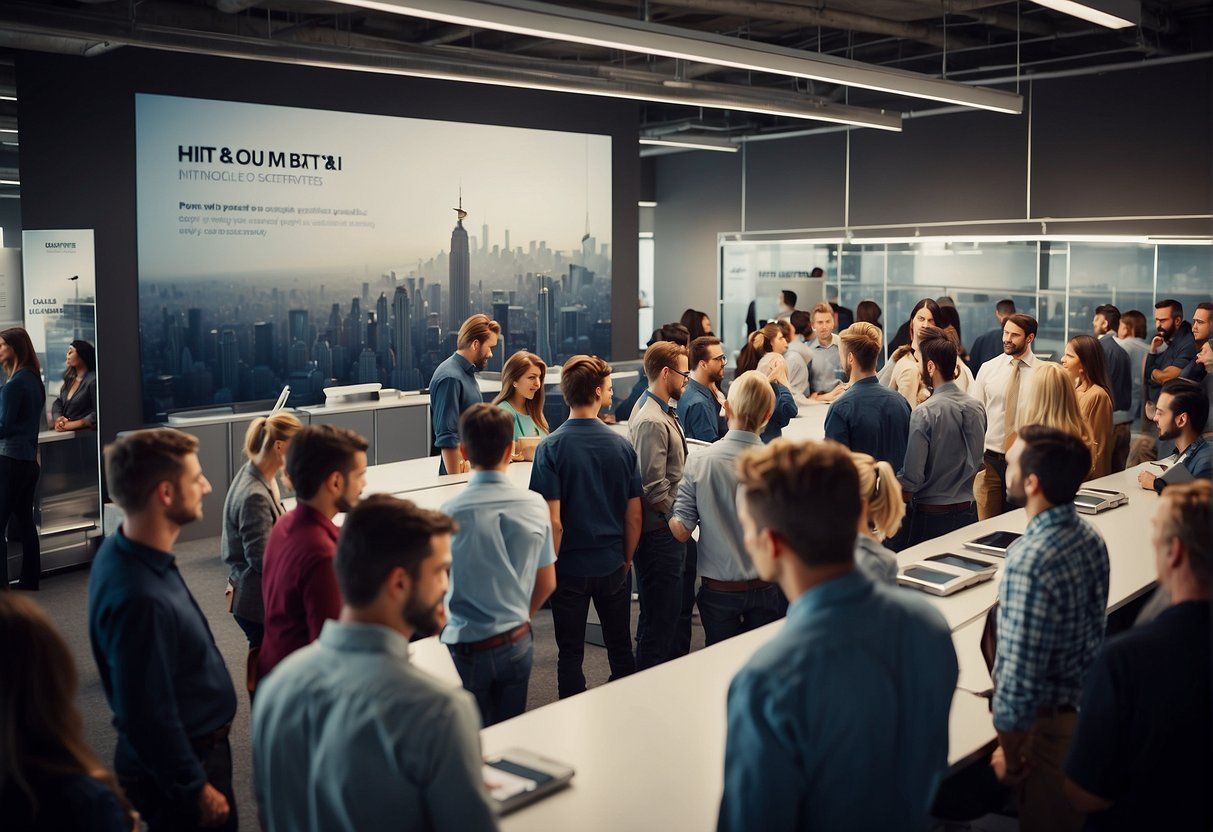
What are the typical applications for large format banner and poster printing?
Large format banner and poster printing are commonly used in various applications such as trade shows, conferences, advertising, events, and retail displays. They are also used for outdoor advertising, building wraps, and billboards.
How do large format prints differ from standard printing in terms of visual impact?
Large format prints have a higher visual impact than standard printing due to their size and the quality of the print. They are designed to capture the attention of the viewer from a distance and deliver a message effectively.
In what scenarios is large format printing considered more effective than digital advertising?
Large format printing is considered more effective than digital advertising in scenarios where the message needs to be delivered to a large audience in a short amount of time. It is also more effective in outdoor environments where digital screens may not be visible due to sunlight or other factors.
What materials are commonly used for large format prints to ensure durability and quality?
Common materials used for large format printing include vinyl, fabric, and paper. Vinyl is the most popular material due to its durability and weather-resistant properties. Fabric is used for indoor applications and provides a high-quality finish. Paper is used for short-term promotions and events.
How does large format printing accommodate complex designs or high-resolution images?
Large format printing uses high-resolution images and advanced printing technology to accommodate complex designs and high-resolution images. The printing process involves breaking down the image into small dots, which are then printed onto the material.
What are the size limitations and considerations when planning a large format printing project?
The size limitations and considerations when planning a large format printing project depend on the printer’s capabilities and the material used. Common sizes for large format prints include 24×36 inches, 36×48 inches, and 48×72 inches. It is important to consider the viewing distance, the message, and the intended audience when planning a large format printing project.…
